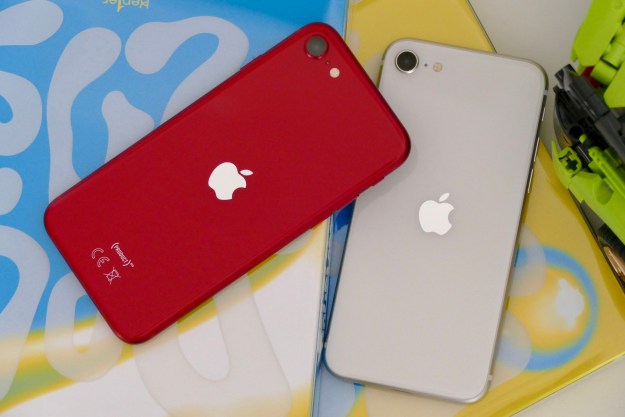Oppo has launched the Find 7, an impressive new smartphone with a 1440p display and a PureView-challenging camera which can take 50-megapixel images. After plenty of teaser images and leaks, Oppo revealed the phone at an event in Beijing, and as we’ve come to expect from the manufacturer, it’s a tech powerhouse.
Oppo has actually launches two Find 7 models, the Standard and the Premium. We’ll deal with the latter first. The screen measures 5.5-inches, on to which a resolution of 2560 x 1440 pixels has been squeezed. This gives an astonishing pixel density of 538ppi. It’s the second phone to be unveiled with such a high pixel count, after the Vivo XPlay 3S, despite rumors we’d see several more – including the Galaxy S5 – boasting a 1440p panel at Mobile World Congress.
A Sony Exmor RS camera with 13-megapixels is fitted to the back of the Find 7. Oppo has added what it calls Super Zoom, a software feature which crosses Nokia’s PureView tech with a traditional burst mode. The camera takes 10 pictures in rapid succession, keeps the four best images, then stitches them together into one monster, 50-megapixel shot. Like PureView, you can zoom in to reveal a high level of detail. Other camera features include 4K video recording, a dual-LED flash, slow-motion video, and a 5-megapixel front camera.
Oppo has chosen Qualcomm’s 2.5GHz Snapdragon 801 processor to power the Find 7 Premium, just like new Sony Xperia Z2, along with 3GB of RAM. The choice of processor also means the Find 7 is Oppo’s first 4G LTE phone. There’s 32GB of internal memory, Bluetooth 4.0, GPS, MaxxAudio Mobile sound technology, and a battery which will charge up to 75 percent capacity in only 30 minutes. The operating system is Oppo’s Color OS 1.2, based on Android 4.3.
The Find 7 Standard, or Find 7 Lite as it will be known in some countries, replaces the 1440p screen for a 1080p panel, and the processor becomes a Snapdragon 800 with 2GB of RAM. There’s only 16GB of storage space, and 2GB of RAM. Otherwise, the spec is the same. It’ll be cheaper too, at $500 unlocked, while the Find 7 Premium will cost $600. Oppo will start selling the latter at the end of April, a month after the basic model goes on sale.
Updated on 3-20-2014 by Andy: Oppo has released a short video to celebrate the phone’s announcement, along with a complete spec list, plus a selection of images. You can check out the video above, which shows the “Skyline” notification light fitted to the phone’s base in action. We’ve got a few more details on the battery too. The fast charge system takes 70 minutes to fill the battery, but also provides a five minute charge option, which gives enough power for a two-hour phone call. Not only that, the battery is removable too.
Built around a titanium-aluminum frame, the Find 7 weighs 171 grams and measures 9.2mm thick. The microSD card will support up to 128GB of additional storage, and the phone will be sold in either black or white.
Article originally published on 3-19-2014




